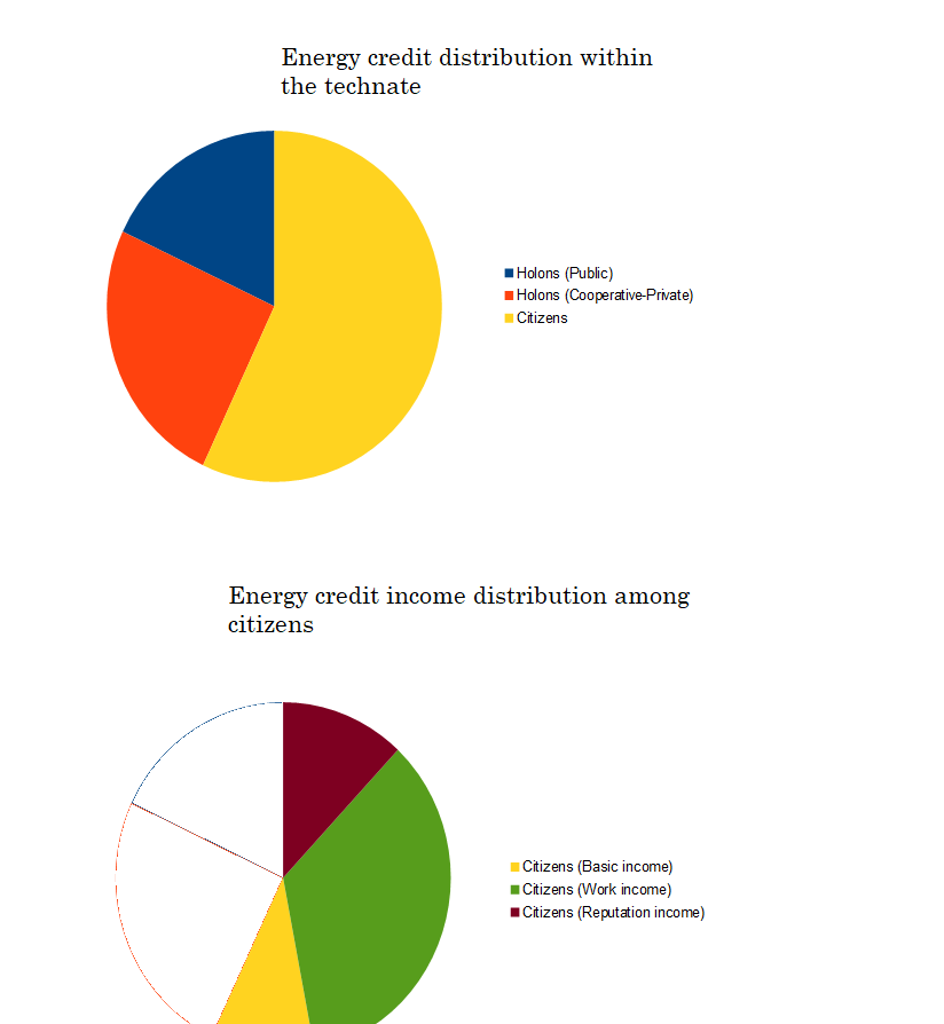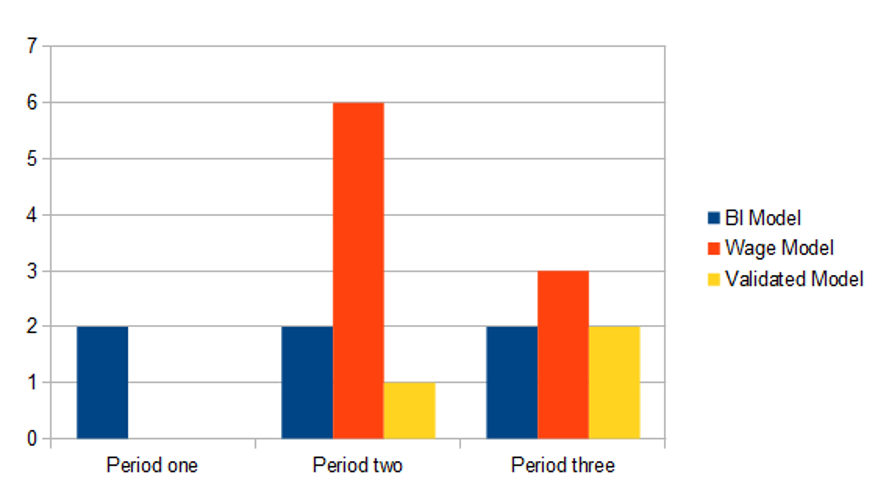Introduction
Capital is power, and the nature of this power is access to resources. In today’s world, the main differentiation between a wealthy and a poor individual lies in time. Wealthier persons not only have a wider variety of choices at their table, but also the choice to wait with their choice until better opportunities offer themselves. “Beggars can’t be choosers” it is said, and poorer individuals often must make sub-optimal choices in order to reach their objectives – which often are concerned with their survival, dignity and safety. Wealthy individuals could wait for months, yes sometimes even years, before they have to make economic choices which would affect their lives in the same manner. Some individuals are so wealthy that they never in a thousand life-times would have to worry about becoming homeless .
Our movement has made a point to never discuss the term “injustice”, since justice are a subjective term and we tend to focus not on the individual lives of human beings (we are not a political party), but on systemic issues. A systemic focus is necessary during an era characterized by rapid environmental degradation on a world-wide scale. Yet, since what we propose will have so far-reaching end results for human beings, we need to see how our proposals would play out on the micro-level, which ultimately – for each and every human being – is the level that ultimately matters.
TL;DR Summary
- Energy credits are not money as they do not share the same features as money.
- They are to be understood as a bearer of data rather than as a medium of exchange.
- Energy credits can only be transferred once before being converted into information.
- Energy credits cannot be accumulated through savings.
- They will be issued by the Technate and distributed to holons and individual citizens.
- The share distributed to the citizenry will be divided into different “pools” of energy credits which will have the same source and utility, but be distributed in accordance with differing metrics – basic income, labour income and reputation income.
- This will generate income differences but of significant less gravity than today’s situation.

How energy credits are not money
Energy credits are electronic tokens, a representation of the global production capacity within the ecological budget ceiling. They are derived from an energy survey continuously undertaken, and issued by the Technate, which under this model will be the organ responsible for creating and distributing energy credits.
T issued he system proposed in the seminal EOS book “The Design” is, unlike for example the “Resource Based Economy” championed by The Venus Project not a cybernetic planned economy governed by AI, but a de-centralised system more reminiscent of a market than a command economy. Yet, there are also substantial differences between energy credits and money. These are the following two differences:
- The energy credits are transferred twice – the first time from the Technate to the recipient, the second time they are allocated by the recipient in return for the production of materials, items or services. Following this second transfer, the allocation, those particular energy credits are transformed into data and cannot ever more be used for transfer. For example, if x amount of energy credits are used for a production chain involving turning hemp into furniture, that amount of energy units (representative as it is of a specific share of the planet’s total ecological budget) are to be considered used. Just like we cannot use the 20 litres of fuel to drive for the equivalent of 40 litres, energy credits used during a specific time period cannot be used twice, only once.
- Further, energy credits are issued by the technate for specific time periods (of 24 months are usually cited as an example). This practically means that each continuous cycle of the global energy survey will determine the size of the global ecological budget which then in accordance with the impulses imbued into automated algorithms will be distributed out to every holon and citizen for the subsequent two-year period. Unused energy credits from the preceding period will simultaneously self-terminate. Energy credits are issued for a limited time and will cease to exist when that time has passed.
Thus, to explain it more bluntly – while there will be a market, there won’t be any trade in the sense that currency is exchanged and while there will be units of currency, they cannot be accumulated. Thus, energy credits can be used as money originally was intended, but can neither be accumulated nor saved. Therefore, two of the three core functions of money – which arguably were unintended – will be eliminated.
Why? Do we hold distaste for commercial or private exchange? Do we want to abolish wealth? These design features are not born out of any dislike for capitalism, but are merely functions of the very nature of energy credits – namely that their primary characteristic is that they represent production capacity.
In short, the transition from money to energy credits is a transition towards the abolition of the capital.

How energy credits are distributed
Whenever a new accounting period is initiated, the existing energy credits are deleted and every account is refilled with the energy credits issued for the new 24 month cycle. This process will be automated and the user will not experience any period when their accounts are empty (unless they somehow choose to empty everything for… reasons). The technate is responsible for the distribution. One fact is clear, the technate should not be a politicised entity, and the right to access to energy credits should be considered a human right. This means that even if a particular user allocates their energy credits to agitation against the system (“down with the technate, if you don’t work then you can starve! Long live Ayn Rand!”), that is their human right and the technate will not have any right or even the means to block them from access to energy credits. In fact, the algorithms could be arranged in a manner which means that the technate will not even know the individual identity of the billions of recipients.
Thus, while the technate is responsible for issuing and distributing energy credits, it is not going to actively decide in what manner people will receive energy credits. The question of “how the technate will decide how energy credits shall be distributed” is one we often receive, and the short answer is: it won’t do that.
Then who will decide that?
There is a short answer to that – local and regional political entities.
While the technate is envisioned as a global entity (or at least one constituting one to several continents) which will phase out and replace the global monetary and financial systems of our day and age, political power must be shaped democratically and in accordance with the local and regional needs. Thus, to anchor the distribution of energy credits in political legitimacy, the way in which they are distributed to the people must be subject to the will of the people, locally or regionally. Committees associated with the technate should be able to give recommendations, but should not be able to override popular consent as expressed by legitimate national, regional and local political authorities (there are exceptions however, for example if the Republic of Grubus decides that its president should receive 50% of all energy credits personally, or that people should have different amounts dependent on gender, sexual orientation, ethnic or sectarian affiliation, the technate should have an obligation to not collaborate with said country).
Thus, the decision on how energy credits should be distributed to the people, should ideally be left to the people. Nevertheless, there are several models on how such a distribution could occur.
Models of distribution
- Flat distribution – every user would get an equal amount of energy credits for the 24 month period, no matter age, profession or any other factor. This can be called the BI-model (BI = Basic Income).
- Labour distribution – every user would get a graduated amount of energy credits in relation to the hours of labour input they have put into their respective work tasks. This model can be called the wage model.
- Simulated Market distribution – users would get a graduated amount of energy credits in relation to the popularity of the items and services they facilitate the production thereof. This model could be called SiM, and would exist to ensure that the market would incentivise the products and services which the population would demand.
We can see that all of these three methodologies have their merits. Human beings need sustenance, food, housing and basic dignity. In the same time, many tasks of work are objectively a sacrifice which people would have to make. Also, there is a merit in tying the amount of energy credits to the performance of the holon as judged by the end users (whether they are individuals, holons or institutions). Especially if holons which are misappropriating resources, have few if no users utilizing their products and services see their members get a reduced income. This can sound cruel, but holons which are producing products of inferior quality or products not demanded by the users would either need to improve their quality, move on to a different product or service or be dissolved.
Moreover, it would be quite a model of linear thinking to assume that the three models outlined above are mutually exclusive. Rather, what we can imagine is a combination of the three models of distribution which exist simultaneously. It should be noted that the energy credits distributed through these three separate channels to the same users would be identical to one another (for example, the credits acquired through the BI-model would have the same functionalities as those acquired through the wage model). This tripartite division would strike a balance between the baseline human needs and the compensation model.
Life under Energy Accounting

Above graph outlines the income of one individual during the course of three periods. This model assumes no growth in energy efficiency. During period one, the individual has no income but the one derived from the BI model, but becomes a member of a project holon which provides a service that is quite popular. This reflects during period two, when the individual sees their income increase from two to nine units. The individual also meets a partner and starts a family, and decides to focus more of period three on their family life, thus seeing the individual income reduced during period three, but as the popularity of the services provided by the holon increases, the individual in question only sees it reduced by two units.

Equality – Money vs Energy credits
If you believe in the idea that an individual should be able to accumulate the wealth equal of hundreds of millions of other individuals combined, then you would loathe Energy Accounting. While the system allows for differentiation of income, there is a “soft ceiling” of how much one individual could be compensated for a task, and not only are savings eliminated, but also “passive income” (which means the income derived from the ownership of land, machinery or capital, income could only be generated from production, conservation or services provided).

Transition – from money to energy credits on a societal level
Money can doubtfully be transformed into energy credits, meaning that the latter would have to be introduced separately, within the structure of the technate. The reason why is that while most money is electronic, a significant portion exists in the form of physical cash.
However, money would need to be changed as well, concurrent with the introduction of energy credits. The first step would be the global abolition of Fiat Money and the introduction of Positive Money, which would serve to restrain the banking system and limit the effects of speculation.
The most efficient and least intrusive way of introducing energy credits is to do so in the form of a basic income and then gradually start to shift the amount of compensation people receive away from money into energy credits. In order to complete the transition, one would do so through “controlled inflation”, meaning to eliminate savings by eliminating their value and thus transform them from an asset to a liability. When that is done, and it has to be done politically, resistance will be limited because by that point energy credits will be an established alternative.
Ultimately, there are two challenges with moving from a Fiat-based banking system using money towards a system of general Energy Accounting. The first one is that a substantial portion of the population has savings which allow them to exert influence. Replace money with energy credits and said influence vanishes. The second is that money is an established norm, while Energy Accounting for many people feels unneeded, unwanted and like an intellectual exercise in an alternate sci-fi universe rather than policy.
The first step in advocacy for transitioning away from the current monetary system should therefore be to enlighten the public about what the Fiat system is, that private banks create money out of debt and that the majority of capital is created in that manner. This, the knowledge about what money is and how it is created, would on itself serve to de-legitimize the foundations of the current monetary system and open up a wedge for all alternatives to present themselves before the public.








